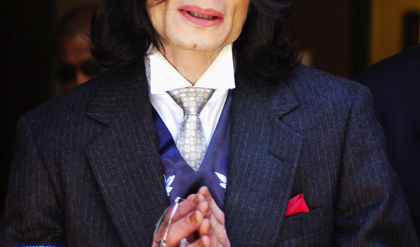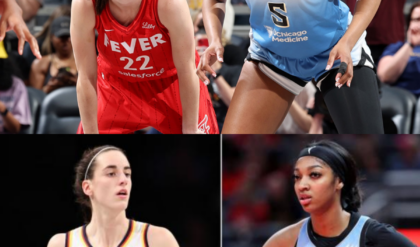The NBA has seen an evolution over the past decade, with the three-point shot becoming the centerpiece of modern basketball. No longer just a weapon for spot-up shooters, the three-pointer has become the primary tool for many teams, with offenses designed around launching as many shots from beyond the arc as possible. While the rise of the three-pointer has revolutionized the game, there’s an ongoing debate about whether NBA teams are taking it too far.
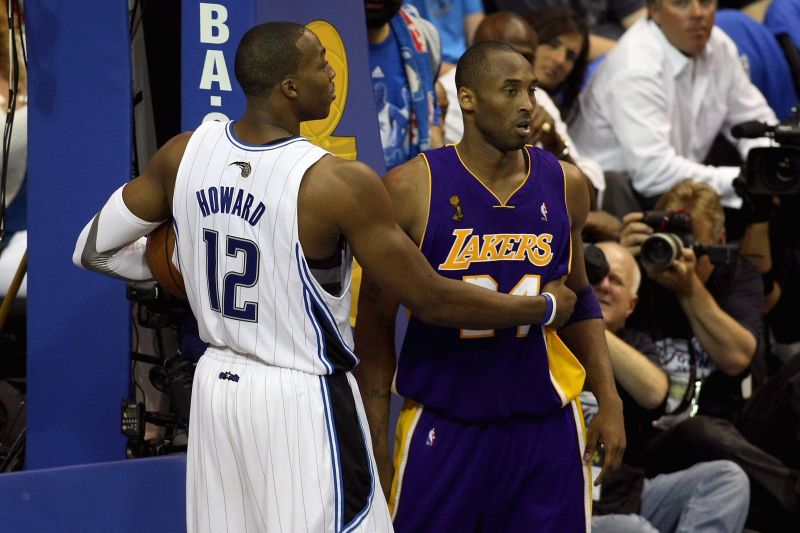
On a recent episode of Inside the NBA, the panel delved into this hot topic, with Charles Barkley, Shaquille O’Neal, Kenny Smith, and Ernie Johnson offering their perspectives on the league’s obsession with the three-point shot. The consensus was clear: while the three-pointer is an effective weapon, teams may be over-relying on it, at the expense of other essential aspects of the game.
The Three-Point Revolution: A Double-Edged Sword
In the past, the three-point shot was often considered a supplementary weapon—an option when the inside game broke down or when a shooter was open on the perimeter. Today, it’s the focal point of many teams’ offenses, with organizations like the Golden State Warriors, Houston Rockets, and more recently, the Dallas Mavericks, setting the tone for a league-wide shift. The rise of players like Stephen Curry, Klay Thompson, and Damian Lillard has further solidified the three-pointer as the most coveted shot in basketball.
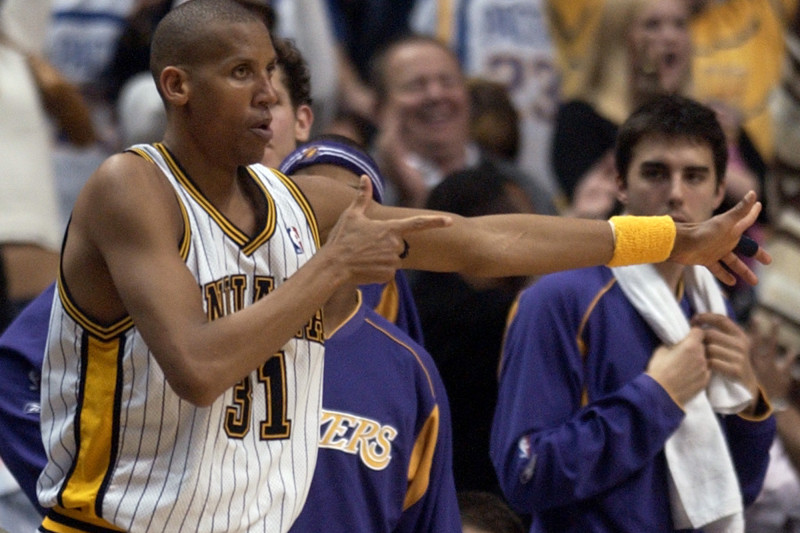
But, as Barkley and the Inside the NBA crew pointed out, this style of play comes with its drawbacks. While teams are putting up more three-pointers than ever before, they are often sacrificing other elements of their game. The value of passing, inside scoring, and creating high-percentage looks has taken a backseat to chucking threes, sometimes with reckless abandon. This has led to games that feature erratic shooting percentages and a lack of balance in offensive schemes.
Barkley, in particular, voiced his frustration with how many teams are abandoning the post-up game and mid-range shooting. “It’s almost like they’re just playing a video game now,” Barkley said. “I’m not saying you shouldn’t take threes, but you’ve got to mix it up. You’ve got to be able to score inside. You can’t just live and die by the three.”

The Stats Don’t Lie: Are Teams Over-committing to the Three?
Looking at the numbers, it’s clear that the NBA’s three-point explosion is not a passing fad. The 2023-2024 season has seen a dramatic rise in three-point attempts, with many teams averaging over 40 attempts per game. This shift in offensive philosophy has coincided with a general increase in scoring, but also with more inconsistency in team play. A team that relies heavily on the three-pointer is prone to cold shooting stretches, and when the shots aren’t falling, it’s difficult to recover.
This is a topic that the Inside the NBA team explored, especially with regards to teams like the Rockets and the Warriors, who live and die by the three-pointer. When they’re on fire, they’re nearly unstoppable. But when they go cold from deep, they can find themselves in a massive hole, as we’ve seen on multiple occasions.
Kenny Smith pointed out that the biggest issue with over-reliance on the three is the lack of adaptability. “When the three’s not going down, what’s your next move? The best teams know how to mix it up,” Smith said. “You’ve got to have that inside game, that mid-range game, and most importantly, the ability to drive to the basket. You can’t just sit there and jack up threes all game long.”
The Warriors’ Model: A Cautionary Tale?
The Golden State Warriors have often been viewed as the model for successful three-point shooting, with Curry and Thompson setting the gold standard for perimeter shooters. Their success has been undeniable, with multiple championships to show for it. However, even the Warriors have faced challenges when their three-point shots aren’t falling, especially in the postseason. Their recent struggles in the playoffs against teams like the Boston Celtics have brought into question whether the “three and run” offense can continue to work when teams lock down defensively.

Shaquille O’Neal echoed similar sentiments, noting that while the Warriors have won championships, their approach may not be as sustainable as some would think. “Look, I love the Warriors and what they’ve done, but you can’t just live and die by the three,” Shaq said. “When the defense gets tougher and the shots aren’t falling, you have to be able to go to Plan B. If you don’t, you’re in trouble.”
A Call for Balance
Ultimately, the Inside the NBA panel emphasized the importance of balance in today’s game. While the three-pointer will undoubtedly remain a key part of modern offenses, there needs to be a return to fundamentals. Teams that can effectively mix three-point shooting with strong interior play, passing, and defense are the ones most likely to thrive.
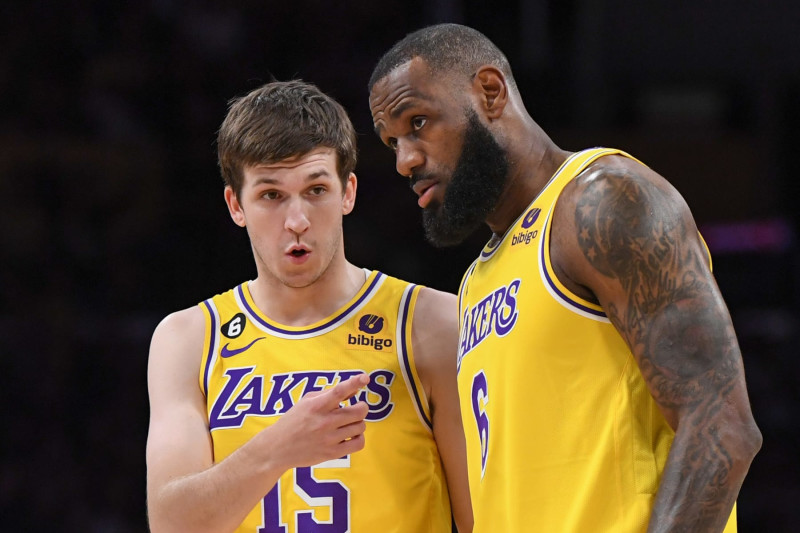
Ernie Johnson summed it up best: “The best teams are the ones that can adapt. They know when to shoot the three, when to take it inside, and when to slow the game down. There’s no formula for success, but balance is always key.”
Conclusion: The Future of the Three-Point Game
As the NBA continues to evolve, it’s clear that the three-point shot will remain a defining characteristic of the game. However, the Inside the NBA crew makes a valid point: teams must avoid falling into the trap of over-relying on the three and forgetting about the fundamentals. Basketball is a multi-faceted game, and the best teams are the ones that can blend shooting, defense, playmaking, and strategy into a cohesive unit.
The three-point revolution has brought new excitement to the game, but if teams don’t find a way to balance it with other aspects of the game, they risk falling into a pattern of inconsistency and unpredictability. As the season continues, it will be interesting to see which teams can strike that balance and make a push for the championship, using the three-pointer as one weapon in a broader arsenal of offensive options.


